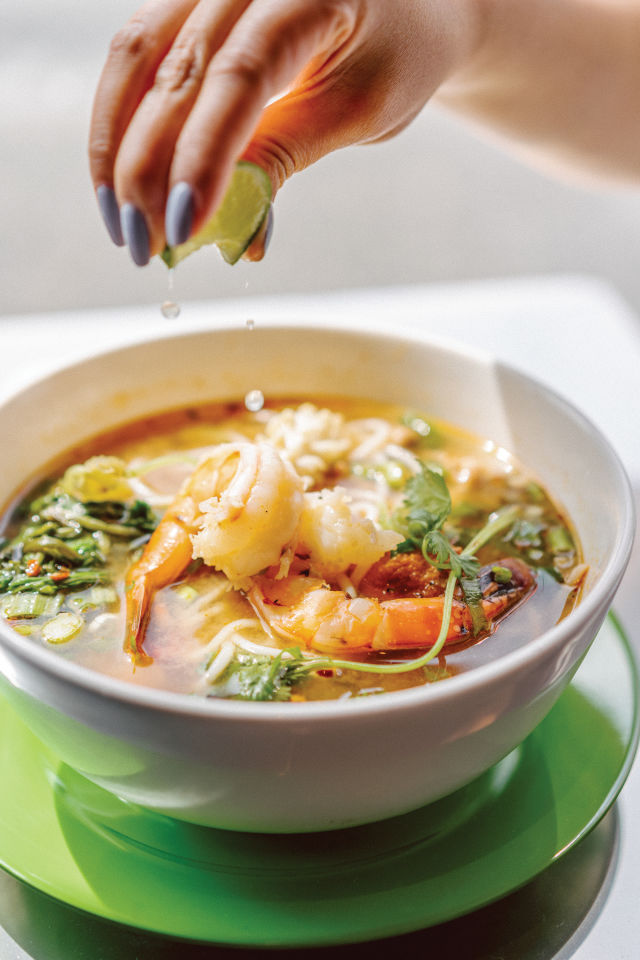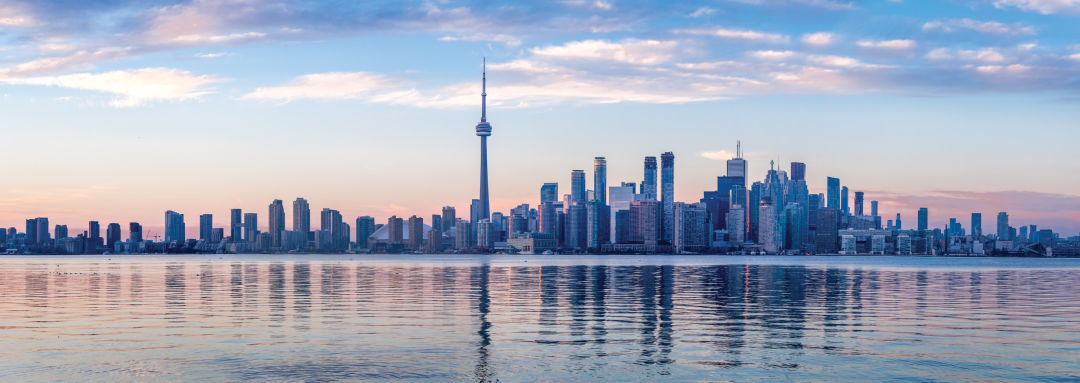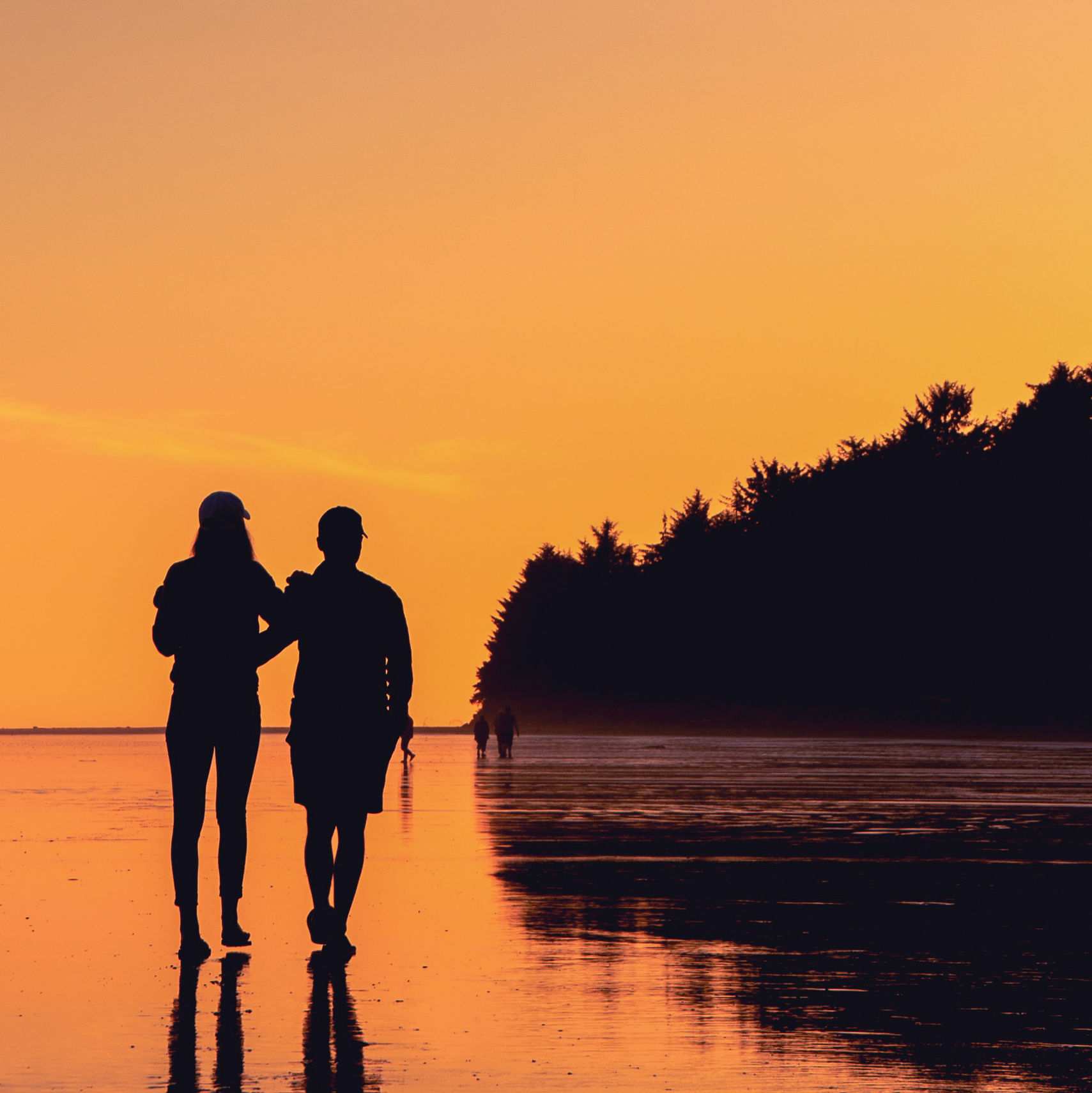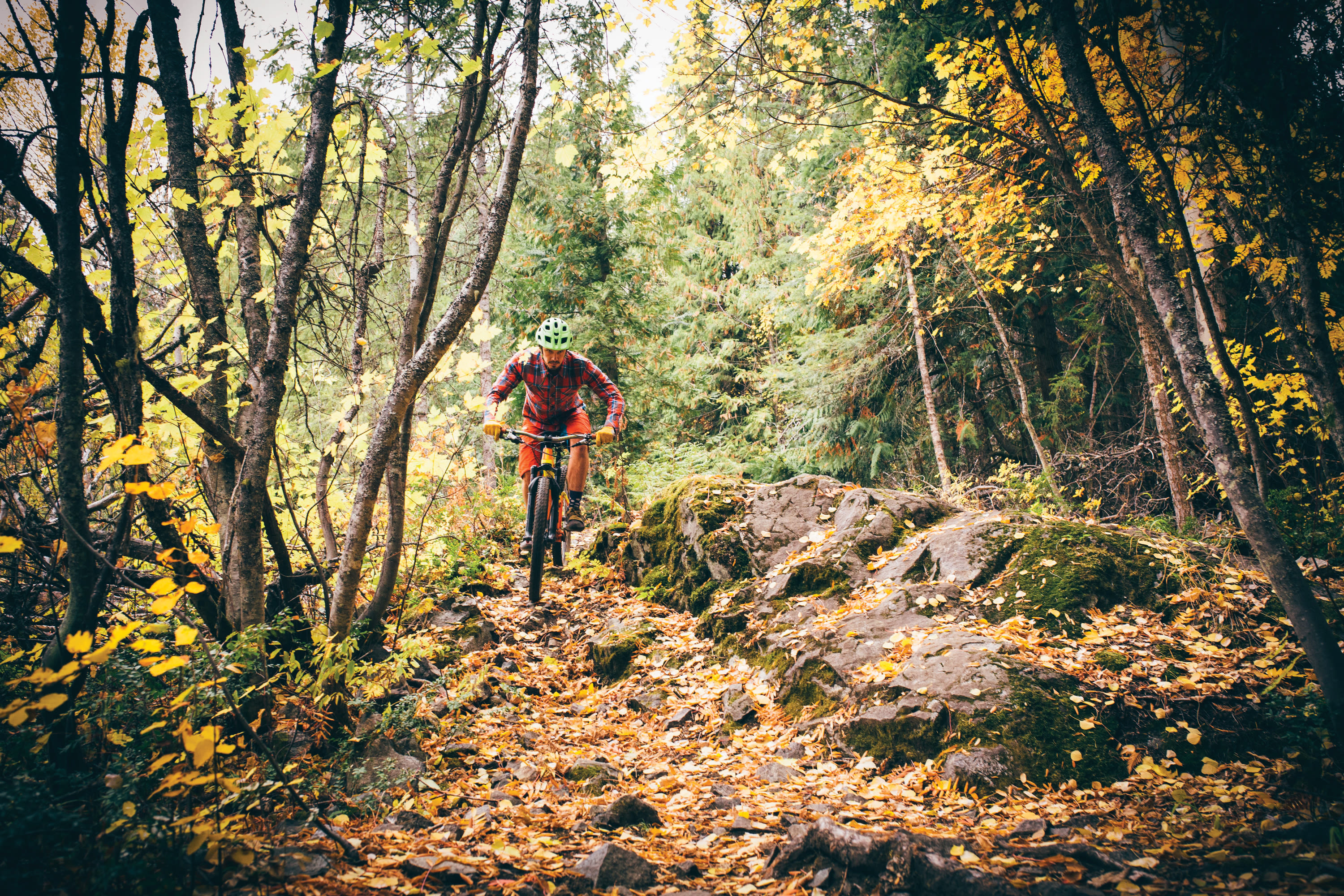Eat the World in Vancouver and Toronto

Lunch Lady in July 2020 on Vancouver’s Commercial Drive.
Canada's border opened to fully vaccinated Americans in August, so maybe we can start making plans to dust off those passports and cross borders again. (For current border information, click here.) This is part of a series of Canadian adventures Portlanders might take as a road trip, plus farther-afield versions if you want to get on a plane and take off to the Great White North, eh.* You can also read about a beer-fueled island escape or a year-round slopes paradise.
While the Cascadia capitals of Portland, Seattle, and Vancouver may have a lot in common, Vancouver’s ethnic diversity is unique in the Pacific Northwest. The Canadian city’s growth has long been fueled by international immigration from a wide range of countries, resulting in a global metropolis where no single ethnic group forms the majority.
Each successive wave of immigrants has introduced new food cultures, driven by knowledgeable diners and experienced cooks. And because there is no single dominant style of food in Vancouver, each cuisine is able to remain true to its own sense of taste and identity, creating an amazingly vigorous and deep scene, with dining neighborhoods that continue to evolve—and welcome newcomers.
The Chinese food in Vancouver is considered to be some of the best in the world. For a full cultural immersion, a quick trip to the suburb of Richmond is a must. Many of the best restaurants are clustered around Alexandra Road, or “Eat Street” to the locals. At one end is the iconic Sun Sui Wah Seafood Restaurant, whose dim sum is the epitome of Cantonese restraint and elegance. Further along, the Fish Man serves Chengdu-style sauerkraut fish, buzzing with Sichuan peppercorn. End your tour at Memory Corner for funky Taiwanese classics and an interior that fully replicates 1970s Taipei with neon signs, temple doors, and vintage posters.
Vancouver also attracts a huge number of students from Japan and Korea, spawning a plethora of budget-friendly eateries in the Downtown West End. It’s been said that North America’s izakaya boom started here in the 1990s, providing casual, Japanese-pub-style foods to homesick students. Robson Street is packed with old-school izakayas, superb ramen shops, and late-night Korean BBQ joints.
Traditionally a bastion of the local Italian community, Commercial Drive in East Vancouver is still home to superb Italian food (try Oca Pastificio and Fratelli Bakery). But you can also dig into—literally, with your hands—a lavish Filipino boodle fight at Kulinarya Filipino Eatery, pile into some crispy prawn fritters at Lunch Lady (a spinoff of an Anthony Bourdain–approved soup stall in Saigon), or settle into some of the most meticulously prepared sushi in the city at Kishimoto Japanese Restaurant.
Though the historic Chinatown is in the midst of a challenging transitional period, the area remains a rich reminder of Vancouver’s gritty history as a port town. Holdouts like New Town Bakery still bustle with the vitality of Old Chinatown, while empty storefronts are slowly being filled by young restaurateurs. Kissa Tanto’s darkly romantic room is a standout while nearby Juke Fried Chicken reflects the growing presence of Black-owned businesses in Vancouver. Over in old Japantown, St. Lawrence Restaurant may be the restaurant of the moment, with superb Quebecois classics refined through the lens of French vigor and precision.
With stratospheric real estate costs, making Vancouver home has never been easy for newcomers—it’s a leap of faith and adventure. Beloved restaurants become places of community and connection. For all Vancouverites, exploring and sharing different cuisines has long been an act of inclusion, with disparate flavours coalescing into a vibrant and welcoming whole. So please, join in. —Lee Man
GETTING THERE
Vancouver is just over a five-hour drive from Portland, though I-5 traffic and border backups can add to the trip. Check travel.gc.ca for border wait times and alternatives to the Peace Arch crossing. Or hop a 75-minute direct flight on Air Canada.
... OR FLY TO TORONTO

When it comes to food, Toronto may have given the world Tim Hortons, the multinational doughnut chain founded in the metro area in 1964—but the world has given Toronto so much more. Canada’s largest city by far, and named the most diverse city in the world by the BBC, Toronto boasts at least six different Chinatowns, as well as cultural pockets such as Little Tibet, Little Portugal, Koreatown, and the Danforth (a.k.a. Greektown). While gentrification and other forces continue to shift the makeup of these neighborhoods, they’re still home to eateries and markets that reflect the city’s history of immigration.
The majority of Black Canadians are of Caribbean origin—try Little Jamaica for some patties or oxtail stew. Eateries that offer Haitian, Trinidadian, and Cuban specialties are also abundant. Can’t decide what to eat? Then it’s worth the trip to Scarborough, in the east end, to experience one of the most culturally diverse pockets of the city. There you can have your pick from plenty of cuisines: Malay, Tamil, and Bengali are among the latest to gain attention.
But if doughnuts are your thing, we recommend Glory Hole, a more boutique-y ring shop opened in 2012 and offering up versions like Ferrero Rocher, Toast & Butter, and a vegan Mexican Hot Chocolate. For the traditionalist, there will always be a box of Timbits (what doughnut holes are called at Tim Hortons) available a few blocks in any direction. —L. Kris Gowen
GETTING THERE
While Air Canada used to have a summer nonstop, getting from PDX to Toronto’s Pearson Airport (don’t accidentally end up at Vancouver, Washington’s Pearson Field) now requires a connection. A comfy light-rail express train connects passengers to downtown’s Union Station, right near attractions like the CN Tower, the Blue Jays’ home field at Rogers Center, and Scotiabank arena, where the NHL’s Maple Leafs and NBA’s Raptors play.
*Sorry, we couldn’t resist referencing “Take Off,” by real Canadian Geddy Lee of the band Rush and fictional Canadians Bob and Doug McKenzie (Rick Moranis and Dave Thomas). Oh, gosh, now we’ve apologized, too, and thus engaged in yet another Canadian stereotype.






